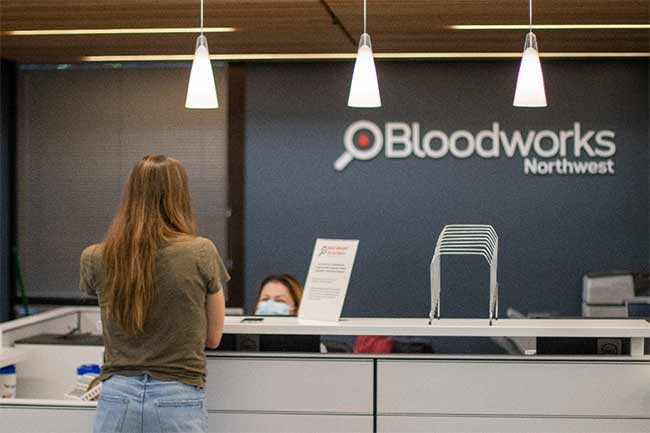Managing Mental Health Around the Holidays

When it comes to attending therapy around the holidays, clients often fall into one of two camps: “I’ll be fine without a session next week. It’s the holidays.” or “Oh yes, I’ll definitely need a session next week. It’s the holidays.”
While the song tells us that “it’s the most wonderful time of the year,” the reality can be much more complicated. For some, the holidays can be incredibly lonely. For others it means returning, however briefly, to old and problematic family dynamics, or even to places where unresolved trauma looms near the surface.
Whatever the holiday season may hold, there are things you can do to make the most of this time of the year.
Plan Ahead – Be intentional about your plans. Avoiding decisions gives the decision to others, so be proactive and choose how you’d like to spend your holidays. If you’ll be on your own, how would you like to spend the time? Grant yourself the gift of doing something fulfilling. Solitude can be a true pleasure, so think about your needs and desires, and lead with self-compassion. While some may gather with relatives, others will gather with chosen family. Reach out to those who have earned your trust and friendship and plan a special holiday gathering.
There are few things so fulfilling as sitting around a table with good food, good drink, and good souls. If you are heading home to be with relatives, it’s still good to plan ahead. Returning to our family of origin can be extremely fulfilling, but it can also bring up a lot of difficult emotions. Think about where the troublesome areas are in those relationships and how you’ll manage them during your visit. Preparing a plan ahead of time can keep you from being overwhelmed and reacting poorly in the heat of a conflict.
Know Your Boundaries and Your Backup Plan – Despite the growing up we’ve done in our personal lives, family has a knack for bringing us back to our old ways. We may tend to blur our boundaries and over-tolerate behavior from family members that we would never put up with in our daily lives. Decide early where your boundaries are. Keep in mind that boundaries are not about controlling others. Instead, they are a clear definition of how you need to be treated and what you will and won’t do.
Some family members may be accustomed to your lack of boundaries, so be sure to state clearly and calmly what you need. It may be uncomfortable, but it will be worth speaking up. You’ll also want to know your backup plan. Some people may be unwilling to respect your boundaries, so be ready to remove yourself if needed. It’s better to step away than to power-struggle, and people may come around if given time to cool down and think. If the disrespect or unkindness merits it, however, give yourself permission to leave. You do not owe your company to anyone who mistreats you.
Savor the Good – Whether on your own, with friends, or with family the holidays are an opportunity to slow down, return to the present, and savor the good in life. Collectively, it’s been a particularly difficult few years for many of us. We should make room to honor the pain and struggle, but we should also allow ourselves to feel joy and be grateful for the good in our lives, whether big or small. Gratitude has a direct link to happiness and life satisfaction, so take the opportunity to choose positive holiday plans and let the joy sink in.
Lead with Compassion – No matter how we spend our holidays, we should lead with compassion for ourselves as well as for others. It is easy to become overly critical or impatient, to jump to conclusions or to blame, but these things do little good. They rarely accomplish anything, and they certainly don’t leave us feeling any better for it. Instead, taking a deep breath and having some patience, including for ourselves, will take us further.
The holiday season is a mixed bag for many, but we can choose how we spend this time and who we spend it with. May we grant ourselves the kindness to meet our own needs without judgment and grant others a gentle word and a grateful smile.
Nick Norman, LICSW, is the Business Relationship Manager at Mindful Therapy Group, a diverse and collaborative network of licensed, independent mental health clinicians serving Washington and Oregon.

















